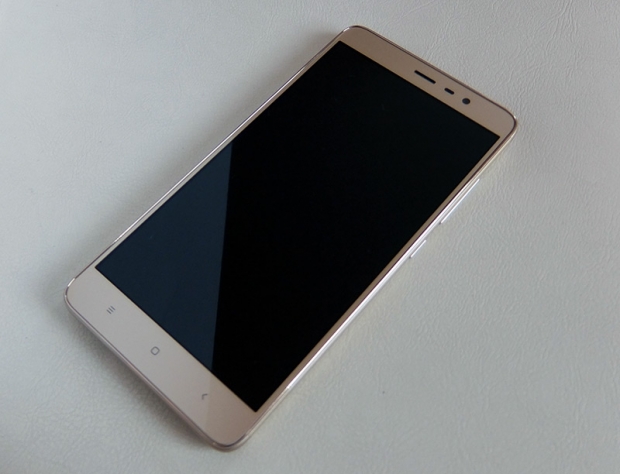Index
Design and Build Quality
No, this is not a Meizu, it’s a Xiaomi. The design clearly resembles Meizu 5.5-inch metal phones like the MX5 and M2 Note, but the fingerprint scanner is a giveaway.
The Redmi Note 3 doesn’t look like any Xiaomi phone that came before it, and that was sort of the idea behind its design. It’s the company’s first aluminium phone and it’s understandable the designers wanted to go for a different look. Still, there is some Redmi DNA in the design.
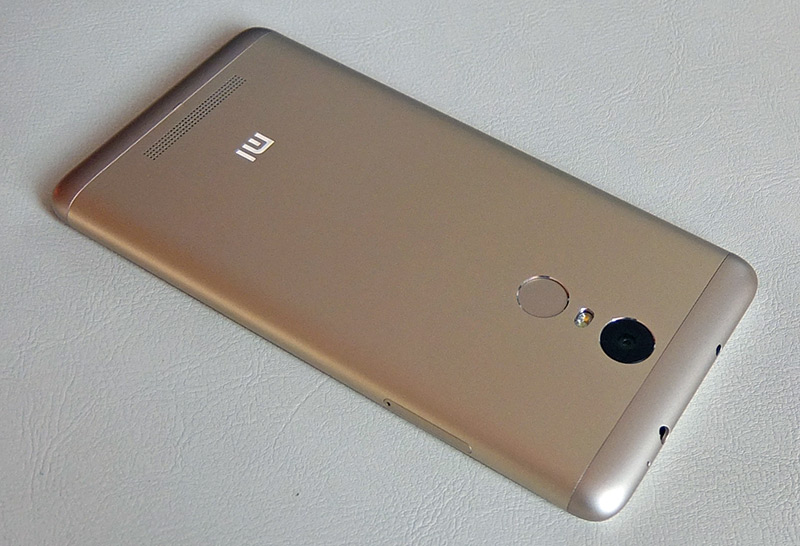
The camera is placed on the centre of the phone, next to the dual-LED flash and fingerprint reader.
The Mi logo is where you’d expect it to be, along with the speaker grille.

The capacitive buttons are white rather than red. Xiaomi usually used red backlighting on Redmi-series devices, while Mi flagships and mid-range designs like the Mi4c/i got white backlighting.
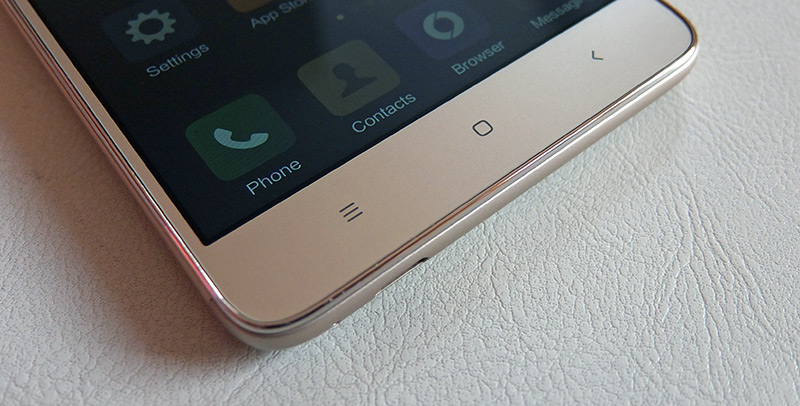
Does the Redmi Note 3 look like an iPhone? Well, to a certain extent it does, but it’s a lot closer to Meizu in terms of device. There’s no 2.5D glass, the profile is different to what we see on iPhones, there is no physical home button, and the fingerprint reader is located at the back.

In any case, the design is not too original or too exciting, but it works. The phone gives off a premium vibe, no doubt about that, and you get a choice of three classy colours: silver with white front, grey with a black face, and gold.
As you can see, we received a gold sample and the tint is very subtle, so you end up with a champagne coloured phone. At night, the colour is reddish, looking almost like some sort of copper alloy. Overall, it’s a nice colour, but if you are looking for something that won’t stand out, the grey/black colour option is the one to go for. Here's the new Xiaomi on top of a couple of gray and silver tablets.

Another thing worth mentioning is the size. You’d expect a phablet with a 4000mAh battery to end up big and chubby, and at 150 x 76 x 8.65mm, the Redmi Note 3 is not the thinnest phablet out there. However, it not too tall, and considering the battery capacity, it doesn’t look chubby.
It doesn’t feel fat, either. At 160g, the Redmi Note 3 is just 4 grams heavier than the Note 2, yet it packs a 1000mAh bigger battery in an all-metal body. That’s impressive, and Xiaomi also makes a point of having the biggest battery in such a light device (5.5-inch phones with 4000-5000mAh batteries usually weigh 175-200 grams.

So what about the build quality? Long story short, it’s good, but it’s not all metal. There are no antenna cut-outs on the back and sides; the antennas are placed under two caps at the top and bottom of the phone. However, thanks to the metal back, the Note 3 looks and feels more upmarket than the plastic/polycarbonate Note 2.
Although this is Xiaomi’s "first metal phone", let’s not forget that the company has a reputation for top notch build quality, and it used aluminium and steel in a number of previous products.
Xiaomi says it uses “120-point ultra-fine double-sided sandblasting” to achieve a premium finish on the Note 3. While it’s a mouthful, the sandblasting process does the trick: the phone feels like a flagship, no question about that. The finish is smooth, consistent, and the assembly process appears to be just as good, so the gaps are really tiny (you literally can’t get a hair in there).
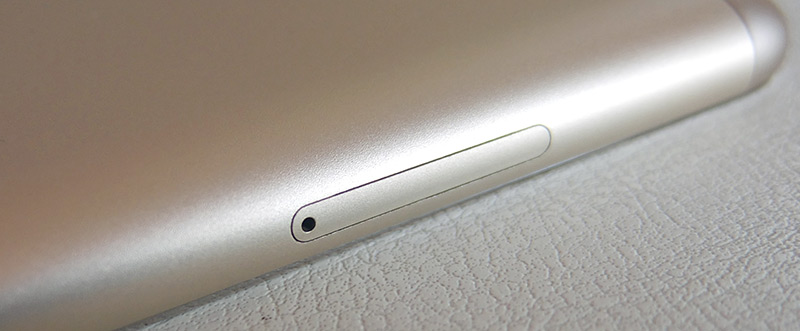
Like we said, it’s not really an “all-metal” phone. The aluminium back is topped off with a couple of curved plastic elements on the top and bottom. While they share a very similar finish to the aluminium chassis, the tactile feeling is different. They’re a bit smoother.
In other words, the back is metal, but not entirely.

Since Xiaomi hasn’t given into the 2.5D curved glass craze, the screen is flat. It’s flanked by a small plastic rim that should help keep dirt and scratches away. On this particular colour option, the rim is chromed, and it feels a tad too “blingy”. Xiaomi doesn’t specify what sort of glass is used, but the company has a habit of using Corning glass across its smartphone range.
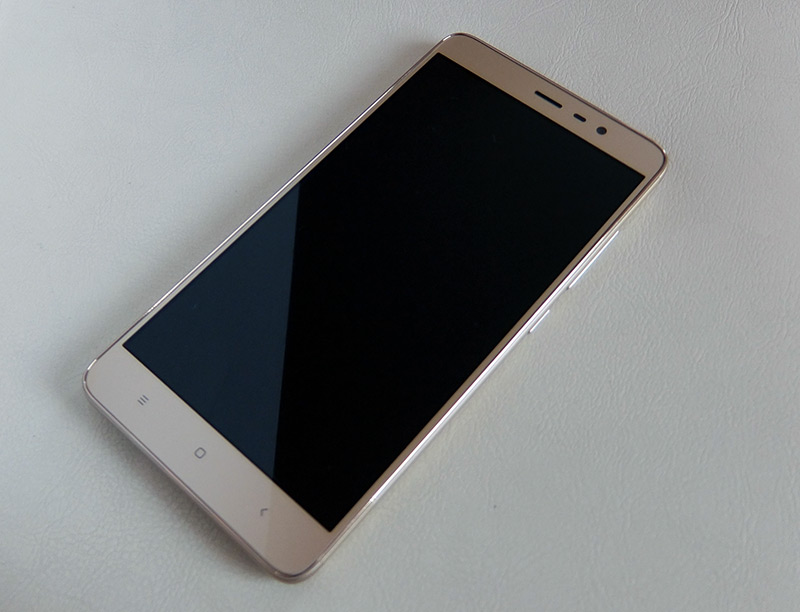
One more thing: The Redmi Note 3 doesn’t look like any Xiaomi phone to date, but it looks eerily similar to the new Xiaomi MiPad 2 tablet (which looks like an iPad mini, but we’ll get to that when we review the MiPad 2). We could be missing the bigger picture here. The MiPad 2 proves the Redmi Note 3 is not a one-off design, so we could more curved aluminium on Xiaomi products in the future. The jury is still out on the Mi5, but we should see it soon.

